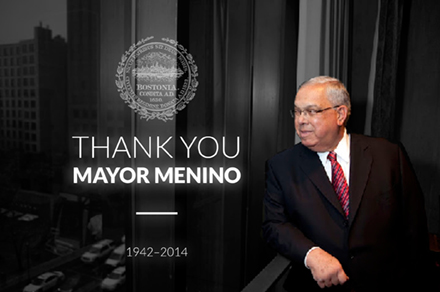With the new year upon us, many people will be setting goals for themselves and their organizations. Of course, we would hope that these goals would be aligned, i.e. that they would reinforce and complement one another. Sometimes, however, we find ourselves trying to juggle conflicting goals. Stanford's Jennifer Aaker has conducted research, along with Duke's Jordan Etkin and Rotterdam's Ioannis Evangelidis, on the impact of competing objectives. What did they find?
- Not surprisingly, people tend to experience more stress when they have competing goals that they are trying to juggle.
- People tend to feel more pressed for time when they experience conflicting goals, even when the goals do not compete for their time.
- When people have conflicting goals, they tend to become much less patient. In other words, they are less willing to wait in line, or on the phone. They are also less willing to wait for a package to be delivered.
- Because they have less patience, people are willing to pay more to save time. The researchers found that, "Goal-conflicted subjects who felt short on time were willing to pay 30 percent more for expedited shipping of a DVD from Amazon. Such results confirm the hypothesis that feeling pressed for time shortens patience and increases willingness to pay."
What's the lesson for all of us as we set goals for 2015? First, if we are leading an organization, we should be mindful of the pressures we create for others if we establish too many goals that are competing with one another. We can never align objectives completely, but we can try to minimize conflicts. Second, we can become more aware of how competing objectives may distort our behavior. Before we expend resources, we might think about how stress and anxiety may be causing us to spend a bit less responsibly. Finally, we might think about streamlining our list of goals and objectives for 2015. If we set too many goals, we may not accomplish anything. We have to be able to set priorities. In so doing, we will also reduce the likelihood of stress from competing objectives.







